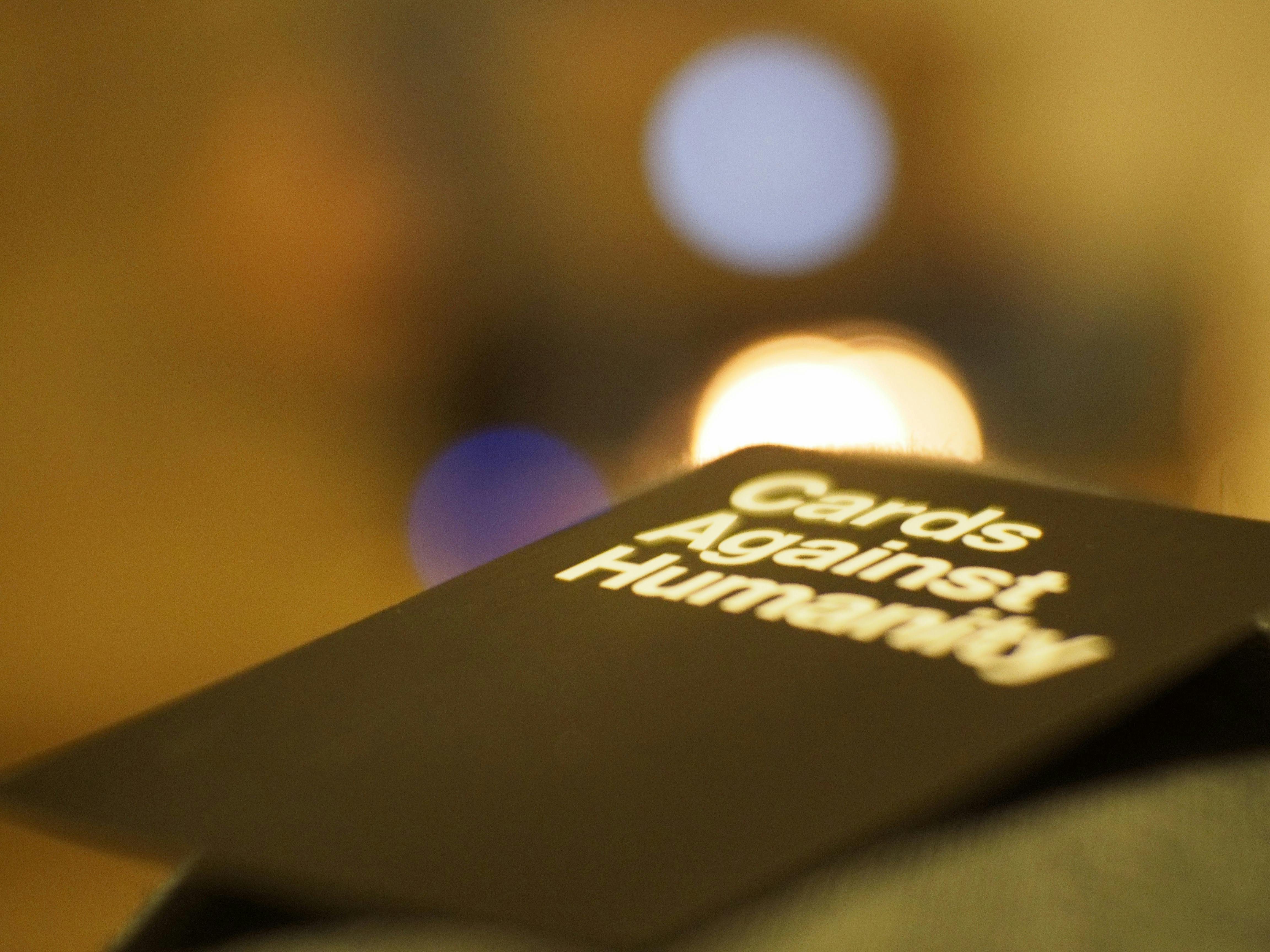Somewhere around 1500 BC. C., the Lapita people (ancestors of the Polynesians) crossed the ocean carrying their food plants and domestic animals. This marked the beginning of true seafaring skills in the Stone Age. The traditional crafts that were used back then are what we now call a catamaran. These sailors could read the patterns of the wind and waves, and they sailed by the sun and stars. Once it could be said that the Lapites studied the flight pattern of birds as they headed towards land, the drift of vegetation and even the formation of clouds; skills that ancient salts still use today.
In the mid-14th century, European sailors ventured into the Atlantic. On August 2, 1492, sailing on the Santa María, Christopher Columbus sailed the blue ocean leaving the Canary Islands. Funded by the King and Queen of Spain, Columbus sailed west in search of silks and spices in Asia only to discover America.
In 1600:
— 1620, December 21, windswept and tired, the Pilgrims anchored in the port of Plymouth, MA after being at sea for approximately two months. They wintered on their crowded ship (Mayflower) and lost half their people to illness. During the following years, Plymouth’s population grew due to newcomers from England.
— 1659, the first settlers (two men, a woman and six children), arrived on the island of Nantucket traveling in an open boat through seas churned by the winds of the approaching winter. Agriculture and fishing were the main activities until 1712 before whaling became popular.
— 1675, the Boston Harbor Islands had historically been places where society had pushed away unwanted institutions and marginalized people. American Indians were interned on Deer Island during King Philips’ war.
— 1684, the English bought the properties of Rumney Marsh and Pudding Point from the Native Americans. Then, between 1753 and 1763, a fishing industry was located at Point Shirley and 300 people resided and worked there.
For millennia, Indians on the northeast coast fished, farmed, and hunted on the islands, and European settlers used them for the same purposes. New England’s great natural harbor and transportation network have made Boston a thriving seaport ever since. The port had its share of maritime histories, as the ships sailing the port’s sea lanes attracted pirates.
The pirates would go up and down the Atlantic coast between Newburyport and Winthrop. It was here that they would hide at Pudding Point waiting for other ships to come down and then attack and sink the ships. However, before the ships sank, the pirates took the gold and jewelery treasures from the ships and then sailed back to Newburyport, where they would bury these bounties. Where exactly today no one really knows. However, if you do come and visit Winthrop, be sure to hike the three-mile trail around Deer Island and stop at dead center at the tip. In front of you is a small island with a light called Nix’s Mate. It is here that the pirates were imprisoned and some are believed to have died there. On a dark and windy day you can hear them screaming revenge. Today boaters make sure to stay clear of the Nix’s Mate. The current structure is a ledge and a meeting place for four different channels; Nubble, Narrows, South and North. The tide is swirling pretty strong there and if you get caught you may end up with the pirates.
Boston was also a port of entry for early settlers and alternate immigrants seeking a better life in a new world.
In the late 1960s, Winthrop had many marshes around its three yacht clubs. There was a problem at the time with part of the Deer Island overflow returning to the port. This “fertilizer” made the sea lettuce grow. Unfortunately the sea lettuce covered all the clams causing the clams to die. The smell and contamination of clams permeated neighborhoods and peeled paint off houses. A doctor was brought in to find out what could be done and recommended putting everything under water by dredging.
Clam is an active industry in Winthrop and supplies many restaurants in the area. In fact, Boston chefs have claimed that the best clams are Winthrop’s.
Every week biologists at the Plum Island purification plant email all clam hunters in Quincy, Boston and Weymouth. This email notifies clam hunters where and when they can dig for softshell clams. According to Massachusetts state law, a clam finder is assigned five racks of soft-shell clams per day. This really isn’t a bunch of clams in the scheme of things, but it’s backbreaking work anyway. Rules and regulations are constantly changing, making it more difficult to support a family in this way.
So it doesn’t matter if it’s 110 ° or 20 ° below, a clam seeker starts arriving at Winthrop Public Landing ready to depart half an hour before sunrise. Armed with their buckets, boots and paddles, they climb into the boats and get to work before the next tide arrives.
Crouched for hours with paddle in hand, the fate of the clam is entirely up to the clam seeker whether it ends up on your plate or in the belly of a seagull. Clams are popular, but they have to be two inches in diameter otherwise they will be pulled back. Sometimes if the diggers are in a rush to finish before the tide rises, the clams will end up being thrown onto the rocks. This is when the Seagulls feed.
Once all five grids are filled, the excavators go back inside. Here they will meet with the buyers and / or the Environmental Police to review their clams. Because these clams are mined in Winthrop, they must be transported to the Plum Island purification plant for cleaning before being sold in restaurants and seafood stores.
At the purification plant, the racks are placed in long, deep tubs filled with salty ocean water. Ultraviolet lights are used to clean the clams. The clams stay there for three days and every morning the tanks are cleaned, samples taken and checked for bacteria. Air bubbles are pumped into the PVC to help the clams breathe while in the water. Once the clams are cleaned and approved by on-site biologists, the grates go through a washing machine for the last step before earning a seal of approval from the state before heading out. Once approved, the clams will remain in a refrigerator until they are picked. However, if any bacteria are found in any of the tanks while the clams are being cleaned, all those clams are thrown away. This causes a financial loss for the excavators and could mean there are no clams for the restaurants.



